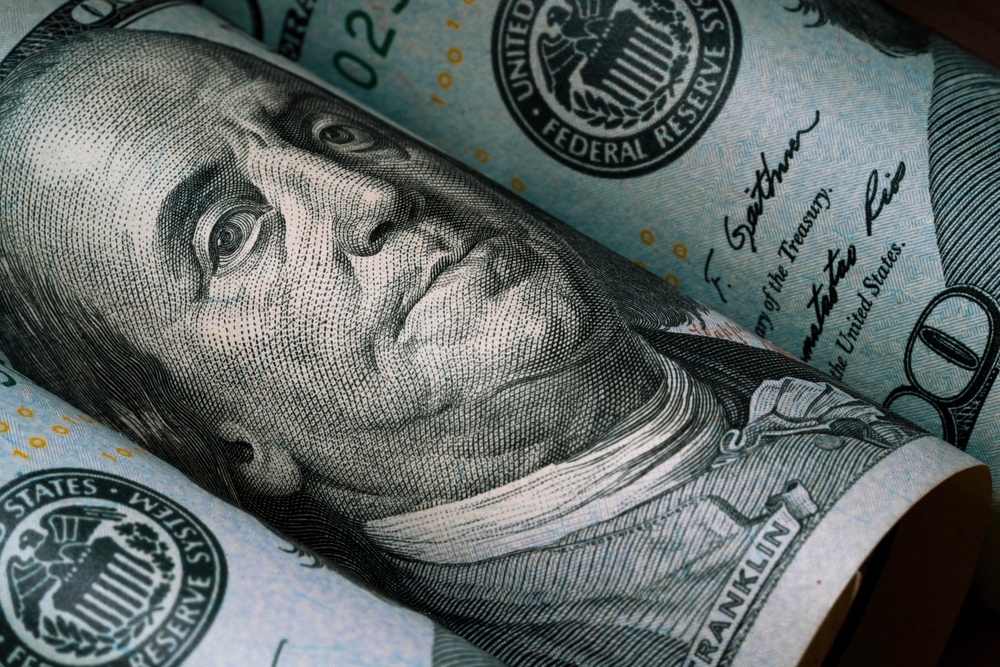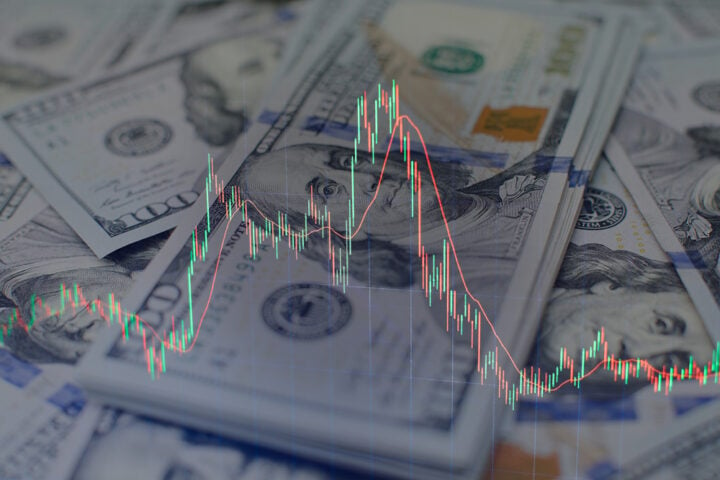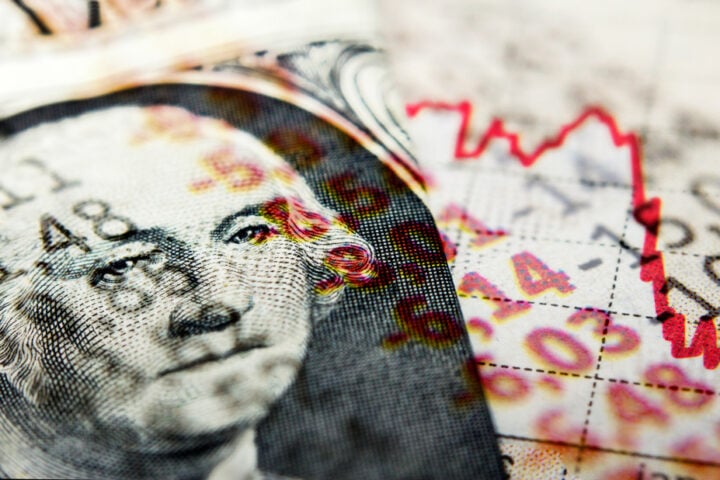Amid growing anticipation of the U.S. presidential election on Nov. 5, the dollar’s strength surged, buoyed by a spike in U.S. bond yields. Investors are navigating an economic landscape marked by resilient data, leading them to adjust expectations about the Federal Reserve’s next moves. As markets recalibrate, the dollar’s recent gains highlight shifting sentiment regarding potential interest rate cuts.
Shifting Market Sentiment on Fed Policy
The latest economic data has caught investors’ attention, resulting in a shift away from earlier predictions of deeper Federal Reserve rate cuts. With markets now seeing a 91.7% likelihood of a modest 25 basis point (bps) cut in November, it marks a stark departure from last month’s 50.4% chance of a larger 50 bps reduction.
Marc Chandler, chief market strategist at Bannockburn Global Forex, pointed out that “it’s not so much about the Fed as the market correcting itself and once again converging with the Fed.” As U.S. economic reports continue to reflect strength, markets are gradually aligning their outlook with the central bank’s cautious stance.
Bond Yields Signal Economic Confidence
The rising yield on 10-year U.S. Treasury notes, climbing 8.3 basis points to 4.158%, has further supported the dollar’s recent rise. The yield approached its three-month high of 4.172%, suggesting investors see the U.S. economy as robust enough to handle current rate levels.
Adding to this sentiment, the Atlanta Federal Reserve raised its estimate for third-quarter GDP growth to 3.4%, signaling optimism for continued economic momentum.
Impact of Upcoming U.S. Election and Global Currencies
The upcoming U.S. presidential election is also playing a significant role in market positioning. A win for Donald Trump could bring about new tariffs, potentially impacting trade with key partners such as Canada, Mexico, China, and Japan. These geopolitical considerations are influencing currency markets as well.
On Monday, the dollar index rose 0.32% to 103.79, pushing the euro down 0.28% to $1.0835 and the British pound down 0.41% to $1.2995. Similarly, the dollar strengthened by 0.51% to 150.27 against the Japanese yen, with Japan’s own general election set for Oct. 27.
Emerging Market Currencies Feel the Pressure
Emerging market currencies also felt the weight of the stronger dollar. The Mexican peso weakened by 0.43%, settling at 19.992 per dollar, while the Canadian dollar fell 0.28% to 1.38 per dollar. Additionally, the Chinese yuan dipped 0.18%, reaching 7.131 per dollar. These movements reflect the broader impact of rising U.S. bond yields and shifting investor sentiment.
With bond yields rising and economic data remaining strong, the U.S. dollar has continued its upward trajectory as investors reassess the likelihood of future Federal Reserve rate cuts. As the Nov. 5 presidential election approaches, the dollar’s performance will likely remain a focal point for markets, with currency movements reflecting both economic fundamentals and geopolitical uncertainty.







